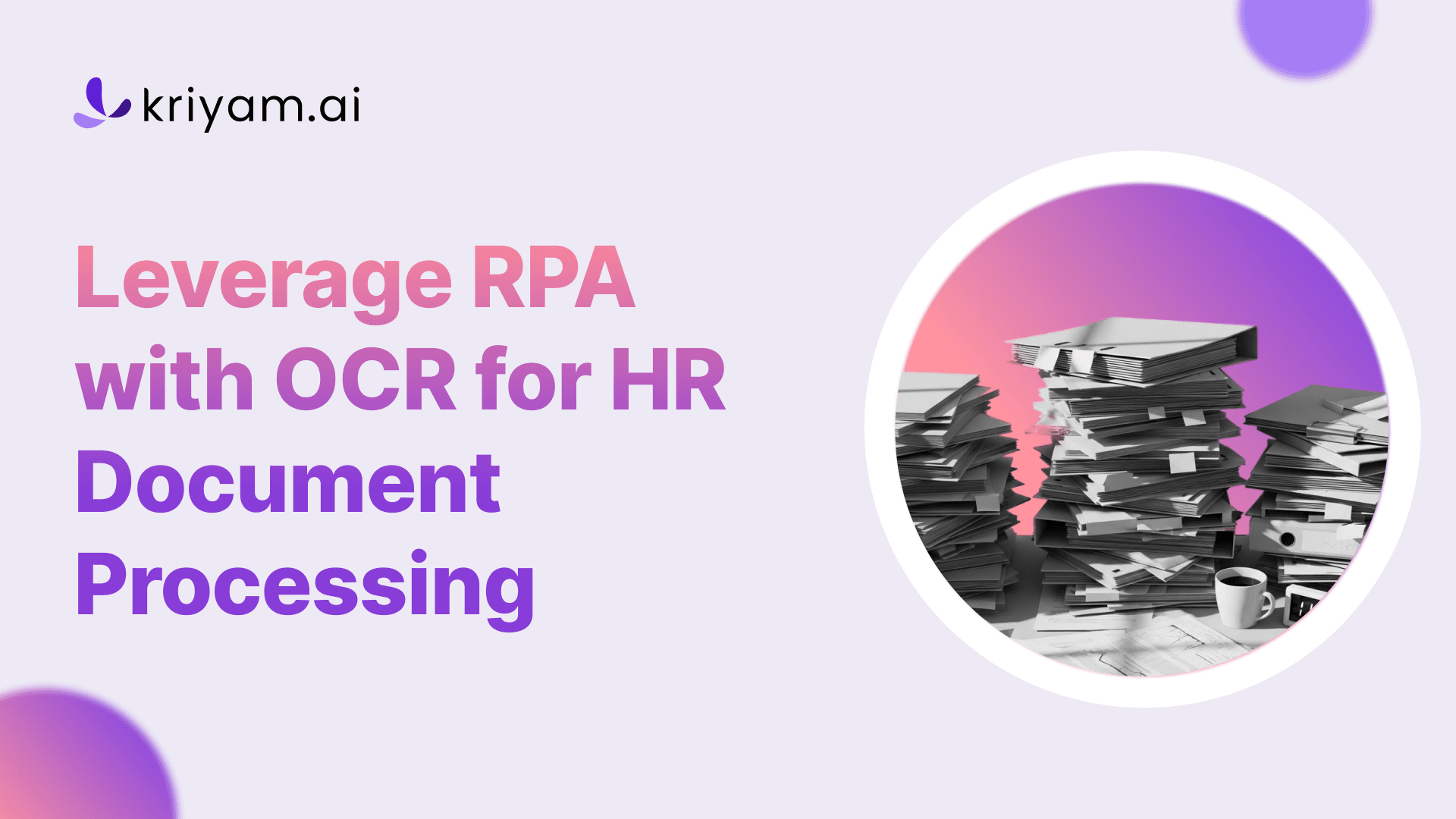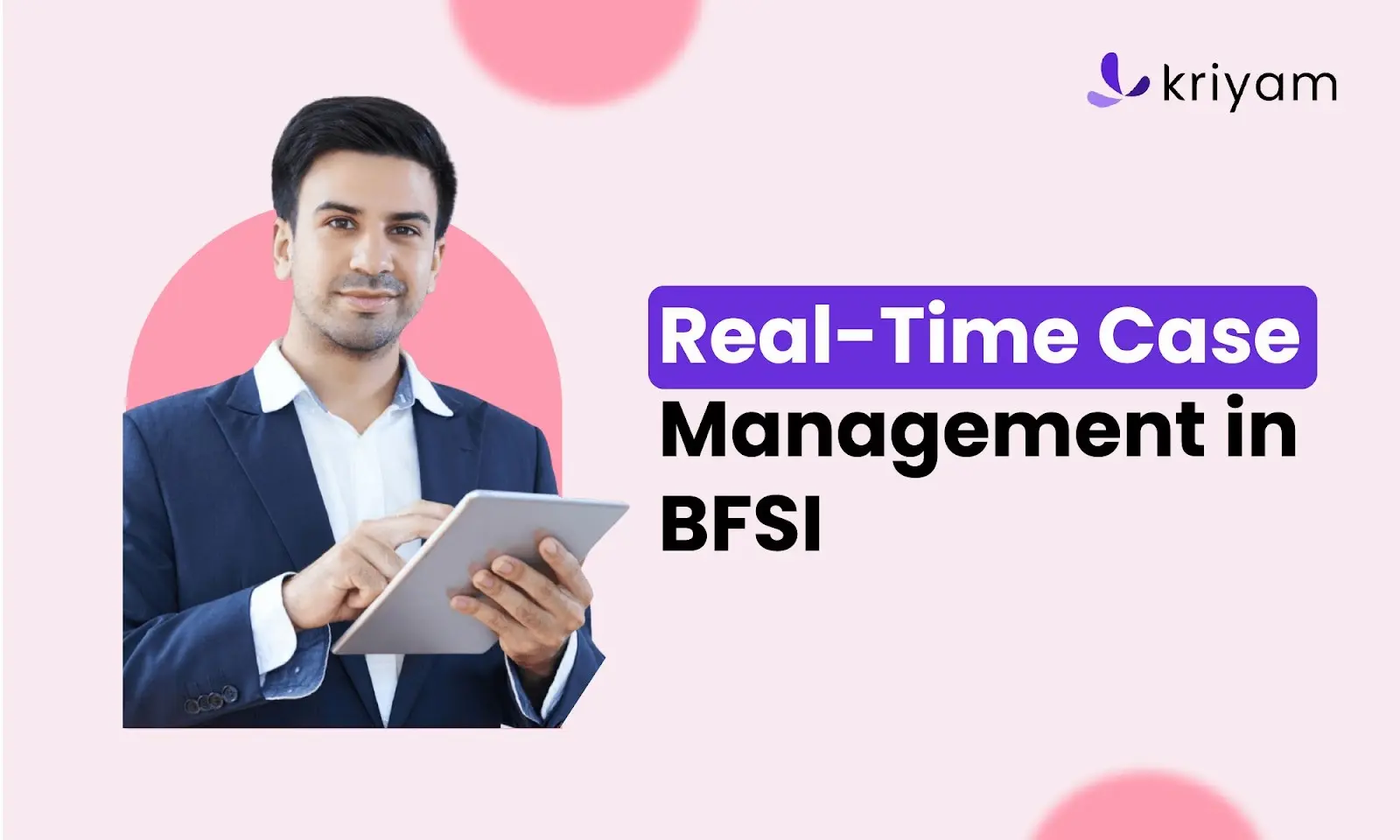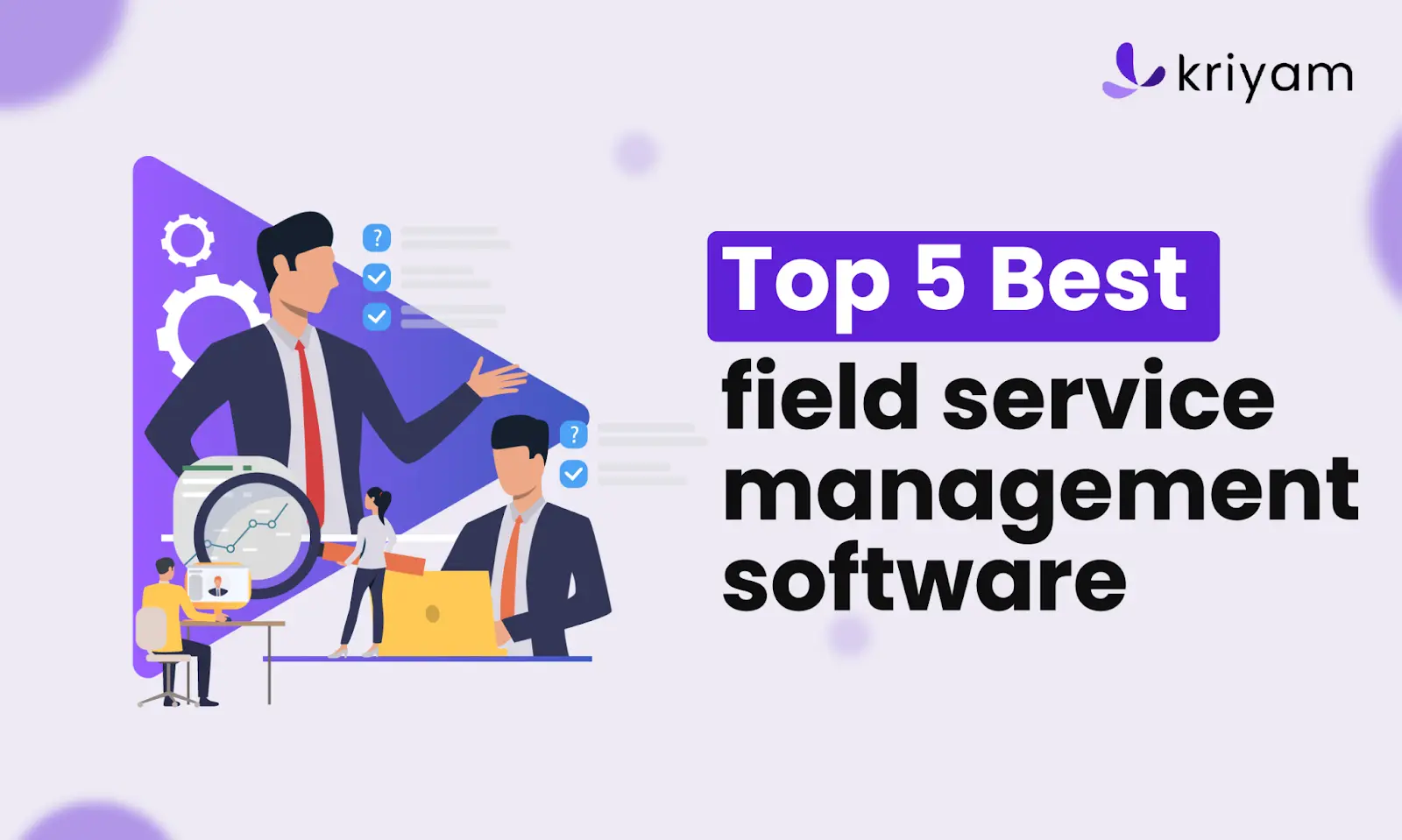Leveraging RPA with OCR to Streamline Document Processing for BGV and HRTech
Sharlyn Bedi | 16th June, 2025
4 min reads
Sharlyn Bedi | 16th June, 2025 | 4 min reads

In a landscape where time and accuracy reign supreme, many organizations still cling to tedious document processing methods, unaware that a seismic shift is possible. By harnessing Robotic Process Automation (RPA) and Optical Character Recognition (OCR), your HRTech and Background Verification (BGV) processes can transform inefficiencies into streamlined workflows. In this post, we’ll unravel the synergy between these technologies, revealing how they not only cut costs but also enhance data precision and compliance. Join me as we explore practical strategies to equip your organization for a future where document handling is anything but cumbersome.
Introduction
RPA, or Robotic Process Automation, and OCR, Optical Character Recognition, might sound like complex tech jargon, but their roles in BGV (Background Verification) and HRTech are significant. Let me explain. RPA involves using software robots to automate repetitive tasks, which, frankly, no one enjoys doing manually. It's about efficiency. Then, we have OCR, a technology that reads and converts different types of documents into digital data. It’s like converting a paper mountain into a neat, searchable file.
In the realms of BGV and HRTech, these technologies are crucial. They improve not just speed but also the accuracy of processing documents. Imagine verifying hundreds of resumes or background checks manually. Mistakes happen, right?
Businesses are increasingly aware of these challenges. They realize the need for solutions that not only streamline processes but also maintain precision. This is where leveraging RPA with OCR becomes commercially important—solving real, tangible problems.
Understanding the Challenges in Document Processing
Handling documents manually in the realms of Background Verification (BGV) and HRTech can be, well, quite a hassle. It's a process that demands precision but often falls prey to human error. You might have noticed how data entry errors sneak in, almost like uninvited guests at a party. And then there's the pace—slow and steady might win some races, but not here. The sluggishness in processing times can sometimes feel like watching paint dry.
Operational costs? They tend to soar, with resources tied up in repetitive tasks that could, perhaps, be automated. The financial strain is palpable, often leading companies to question the efficiency of their methods. Yet, despite these challenges, the reliance on manual processes persists. It's an intriguing, albeit frustrating, paradox—one that demands a closer look at more streamlined solutions.
How RPA and OCR Transform Document Verification
Integrating Robotic Process Automation (RPA) with Optical Character Recognition (OCR) technologies is a game-changer in document verification. It's not just about replacing manual tasks but enhancing the entire data extraction process. RPA acts like a digital workforce, tirelessly performing routine tasks, while OCR reads text from scanned images or PDFs, converting it into machine-readable data.
Let's think about it this way: imagine an HR department inundated with stacks of resumes and identity documents. RPA combined with OCR can swiftly scan, extract, and verify this data without human intervention. This integration means less room for error and significantly faster processing times. It's a bit like having an ultra-efficient assistant that never needs a break.
According to the Efficiency Gains in Structured Data Processing with RPA, organizations see remarkable improvements in processing accuracy and speed. This isn't just theory—it's practical, and it works.
Consider automated form processing and verification checks as examples. Forms that once required manual input and review can now be processed automatically. Verification checks that used to take hours are completed in minutes. It's not perfect, but it's close. These transformations are already reshaping the landscape of document verification, making it more reliable and efficient.
Comparative Analysis: Before and After RPA-OCR Integration
Let's take a moment to reflect on how document handling traditionally worked. Manual processes often involved painstakingly sorting through piles of paperwork, sifting through details, and entering data into systems. It was, frankly, a time-consuming and error-prone process. People would spend hours, if not entire days, just managing documents.
Enter RPA (Robotic Process Automation) combined with OCR (Optical Character Recognition). This duo transforms the landscape entirely. Automated solutions handle document processing with remarkable efficiency. Once the documents are scanned, OCR technology extracts the necessary data, and RPA takes it from there, automating the data entry and further processing steps.
Why does this matter? Well, it's all about cost and time efficiency. According to Cost Savings from OCR and RPA Integration, organizations have witnessed substantial reductions in both expenses and time spent on document management. The gains are not just incremental; they are transformative. Companies report reducing processing times from days to mere hours, and costs have significantly dropped as manual labor requirements diminish.
This integration doesn't just streamline operations; it liberates human resources to focus on more strategic tasks, adding value in ways they perhaps couldn't before. But, of course, no solution is without its complexities or challenges, and this shift comes with its own set of adjustments.
Key Benefits of Leveraging RPA with OCR
Enhanced Accuracy and Compliance
Integrating Robotic Process Automation (RPA) with Optical Character Recognition (OCR) can significantly enhance accuracy and compliance in document processing. By reducing human errors, these technologies streamline workflows. Mistakes that often occur with manual data entry are minimized, leading to improved compliance with regulations. This is crucial in sectors where precision is non-negotiable. For instance, the Reduction in Manual Reviews with AI in Claims Processing demonstrates how AI can transform claim handling, decreasing the need for manual oversight. It's quite impressive how these systems work together to ensure data integrity.
Cost Efficiency in Operations
On the cost front, the integration of RPA and OCR offers significant reductions. These technologies automate repetitive tasks, which means fewer resources are needed for manual operations. Companies often see a substantial return on investment (ROI), as the initial costs are quickly outweighed by savings in labor and time. Imagine cutting down hours spent on mundane tasks, freeing up staff for more strategic roles. The financial benefits are clear, but it also enhances overall productivity. It's not just about cutting costs; it's about optimizing the entire operational process.
Implementing RPA and OCR in BGV and HRTech
Implementing RPA (Robotic Process Automation) and OCR (Optical Character Recognition) into Background Verification (BGV) and HRTech is a strategic undertaking. First, you need to map out the steps for effective integration and deployment. Start with a clear assessment of your current processes. This helps identify where automation can add the most value. Next, it’s crucial to consider both technical and organizational readiness. Are your systems capable of supporting this technology? And, perhaps more importantly, is your team prepared for this change?
Strategic planning plays a pivotal role in this journey. You need a roadmap that outlines objectives and milestones. This isn't just about technology—it's about aligning with business goals. It might seem overwhelming, but with careful planning and consideration, leveraging RPA and OCR can transform how BGV and HRTech operations function, ultimately improving efficiency and accuracy.
Future Trends and Advances
The landscape of RPA and OCR technologies is on the cusp of exciting transformations—particularly within sectors like BGV and HRTech, where document-heavy workflows are the norm. One of the most compelling shifts underway is the integration of Large Language Models (LLMs) to elevate OCR capabilities beyond traditional rule-based limitations. This convergence of automation, pattern recognition, and AI could fundamentally reshape how organizations extract, process, and act on information.
To better understand this evolution, it's useful to compare the foundational differences between Optical Character Recognition (OCR), Robotic Process Automation (RPA), and Artificial Intelligence (AI), especially with the emergence of LLMs in play:
| Parameter | Optical Character Recognition (OCR) | Robotics Process Automation (RPA) | Artificial Intelligence (AI) |
|---|---|---|---|
| Ability to handle input data type | Works well on structured and semi-structured good quality scanned images. | Works well on structured data and some semi-structured data (Spreadsheets, RFID tags, GPS data.) | Works well on all data types, including unstructured data (word files, emails, images.) |
| Approach | Rule or Template-based | Rule-based | Learning-based; learns from data collected. |
| Processing approach | – | Deterministic | Probabilistic |
| Technology | Text detection and recognition. | Software robots configured to perform the repetitive task and complete routine. | AI-based on Deep Learning, Machine Learning, Computer Vision, Text Analytics, NLP. |
| Automation scope | Converts diverse document categories—like scanned PDFs or images—into editable, searchable data. | Minimizes manual, repetitive, and rule-based tasks. | Automates tasks requiring reasoning or decision-making, expanding the automation frontier. |
As the distinctions blur and capabilities converge, it's clear that the future of document processing won't be about choosing between OCR, RPA, or AI—it will be about orchestrating them. With LLMs enhancing text understanding and extraction, and RPA streamlining repetitive logic, HRTech workflows could become not only faster but significantly more intelligent.
Conclusion
Reflecting on the profound potential of integrating RPA with OCR, it's clear how these technologies can revolutionize document processing in BGV and HRTech. They offer efficiency and accuracy. Perhaps it's time to explore these tools for your operational improvements. The possibilities, I think, are quite promising.
About the author
Sharlyn Bedi
Junior Content Strategist
Sharlyn Bedi | Junior Content Strategist
A passionate writer with a knack for automation and process optimisation. Through clear, actionable insights, her content is best for leaders to stay updated on latest trends on technology and automation.
Interests: Business Automation, Process Optimization, Digital Transformation
Content Overview
Unlock AI-Powered Document Extraction
Try It for FREE – Extract Text and Tables in Seconds
Share
FEATURED
Automation
Top 5 Best Field Service Management Software in 2025
Best Field Service Management Software
Shreyas R
27th November, 2023



